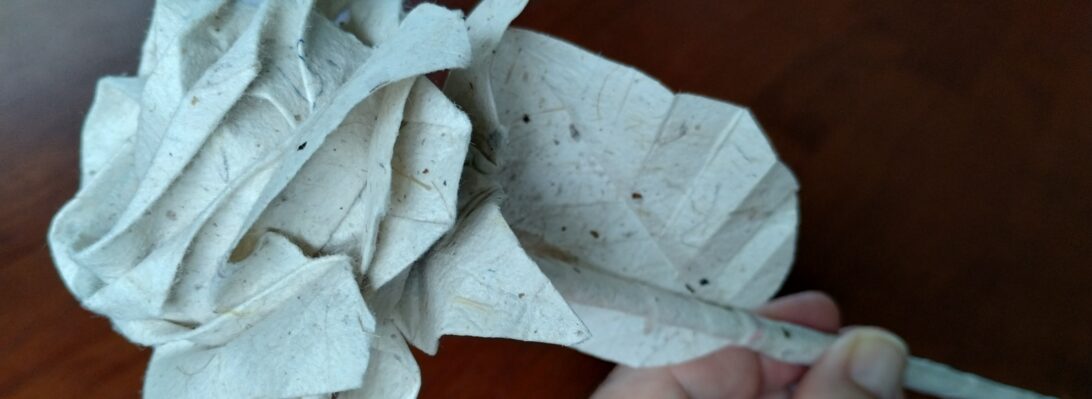For the last few months I have been working on parts of a project that will eventually be a framed collection or composition of some sort. Half of the fun is finding/developing models that suit but for this project I decided I would make paper for it also.

I started with Mark Kirschenbaum’s “Honey Bee”, primarily because it had the promise of a colour change to create contrast wings and a lovely stripey abdomen. Realising I had no suitable paper (going for a yellow/black vibe here) I laminated patterned black and yellow tissue to make a crisp double-tissue with little colour bleed. In retrospect the pattination on the black was distracting and, after going most of the way to folding a swarm I abandoned that line because the lovely detail of the bee was lost in heavy black paper patterns.
Continue reading


















